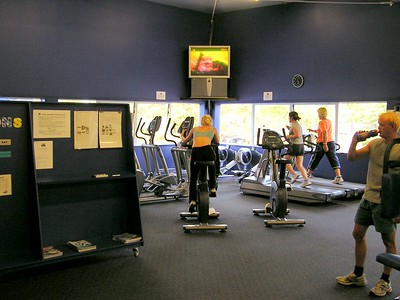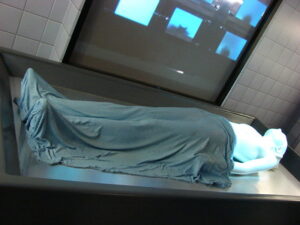COVID-19 cases are rising on university campuses around the state. In Washtenaw County, the State is monitoring ongoing outbreaks at the University of Michigan and Eastern Michigan University. As of Monday, the state’s dashboard of cases registered 77 cases attributed to UM and 19 cases at EMU.
On Monday afternoon, the University of Michigan Dance program announced that it was closing its building and also asking students to quarantine for two weeks. The closure is related to a newly reported outbreak that has impacted more than 10% of the students in the department. In a memo, Christian Matijas-Mecca, chairperson of the Dance department, informed staff and students of the closure.
Matijas-Mecca indicated that 10% of the department’s 84 students had reported positive COVID-19 tests on Monday. The memo indicated that the department also expected to receive additional positive reports. Additionally, Matijas-Mecca said that protocols that the University had implemented to discourage the spread of the virus were not working. The new cases at UM will not appear on the State’s COVID-19 reporting dashboard until next Monday.
Michigan State University, which is not conducting in-person classes this semester, has also been inundated with COVID-19 cases among students who returned to East Lansing. Currently, Ingham County reports that 1,675 people are currently quarantined or under monitoring by the Michigan Department of Health and Human Services. Washtenaw County is reporting 18 new positive cases within the last 24 hours and a total of 253 active cases.
COVID-19 monitoring and communication is essential
There are several takeaways here. First, as predicted, the number of COVID-19 cases is on the rise. It will continue to rise over the next several months as more people and activities move indoors.
Second, the number of cases can increase quickly. As UM has seen, a relatively small number of positive cases can shut down programs and buildings quickly.
Third, protocols designed to limit the spread of COVID-19 may not work as expected. These practices may limit capacity or increase distance between people. They can also include cleaning and ventilation changes. And despite UM’s best efforts, they’re apparently not working.
Fourth, online delivery may not prevent students from contracting the virus. In MSU’s case, the all-online format may actually contribute to the higher COVID-19 caseload. In-person classes put a different level of responsibility on the student. Relieving students of the responsibility to take extra precautions outside of class may encourage them to take unnecessary risks.
Earlier this month, the Governor authorized gyms, spas and fitness centers to re-open. The Health and Fitness Center is one area of campus where members of the public may interact with WCC staff and students. WCC has no way to control the off-campus behavior of any person. As such, re-opening the Health and Fitness Center poses a special challenge.
The re-opening comes at a time when COVID-19 cases are rising. There is little reliable data on the safety of working out at a gym in the presence of active, undiagnosed COVID-19 cases. But the experience of other college campuses show that cases can multiply quickly.
Perhaps most importantly, the protocols put in place to keep people safe may not work. And in a situation where people are bringing COVID-19 to campus from elsewhere, that’s not a comforting thought.
Photo Credit: Keith Davenport , via Flickr
























